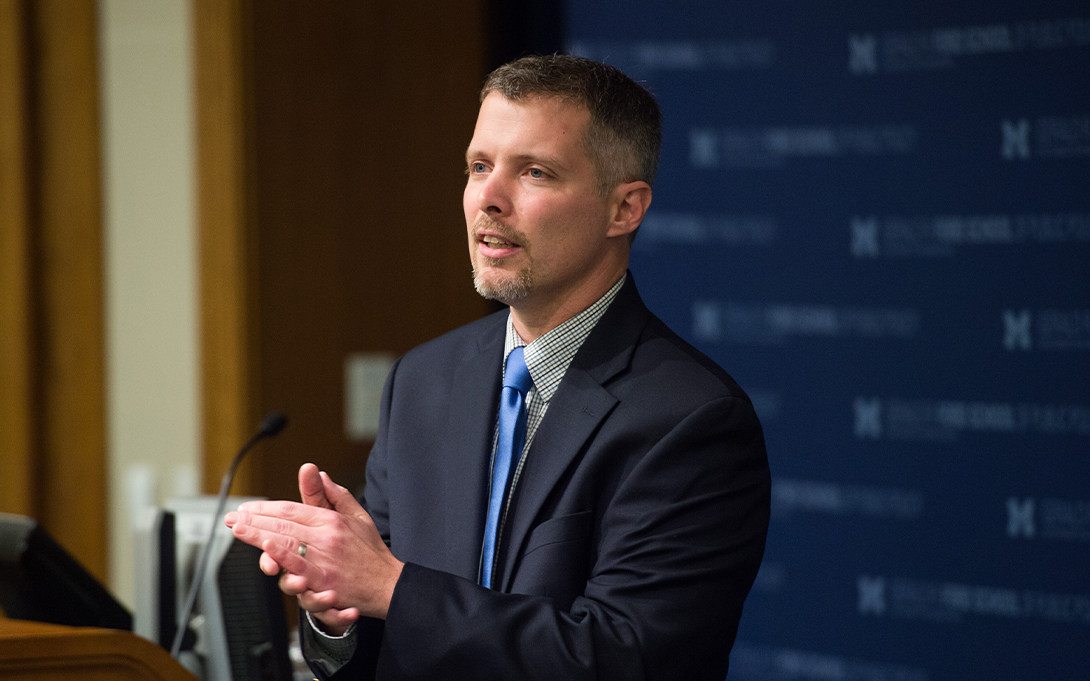
With a forthcoming paper on childhood poverty about to be released by the Russell Sage Foundation, Luke Shaefer spoke with New York Times Economic Scene columnist Eduardo Porter for the October 18 story, “Giving Every Child a Monthly Check for an Even Start.”
Shaefer and coauthors propose to replace existing child tax credits and deductions with a monthly check for $250 for every child. Their calculations show that doing so “would cut child poverty by over 40 percent and deep poverty in half.”
Although the idea has been discussed for almost half a century, Shaefer says, “We might be coming into a moment where there could be some common-sense policy changes. There is a policy window that wasn’t open a year or two years ago.” Statistics reveal the U.S. has one of the highest child poverty rates among developed countries. Hillary Clinton has also recently released new proposals to alleviate child poverty.
Under the Clinton proposal, a mother with two children earning $5,000 a year would receive $2,250, a significant rise from the current credit of $300. In contrast, a monthly check of $250 for every child would give the same mother of two $6,000 a year. It “puts us in the ballpark of where our peer countries are,” says Columbia University Professor Jane Waldfogel, a coauthor of the paper.
How would the program be paid for? Shaefer and coauthors estimate the policy would cost roughly an additional $90 billion a year with cost savings proposed by the authors. They also discuss a number of ways to reduce the overall net costs of the new policy.
The article will be published by the Russell Sage Foundation, which is led by Ford School Professor Emeritus Sheldon Danziger.
H. Luke Shaefer is an associate professor of social work and public policy and director of Poverty Solutions at the University of Michigan. His research focuses on the effectiveness of the United States social safety net in serving low-wage workers and economically disadvantaged families.